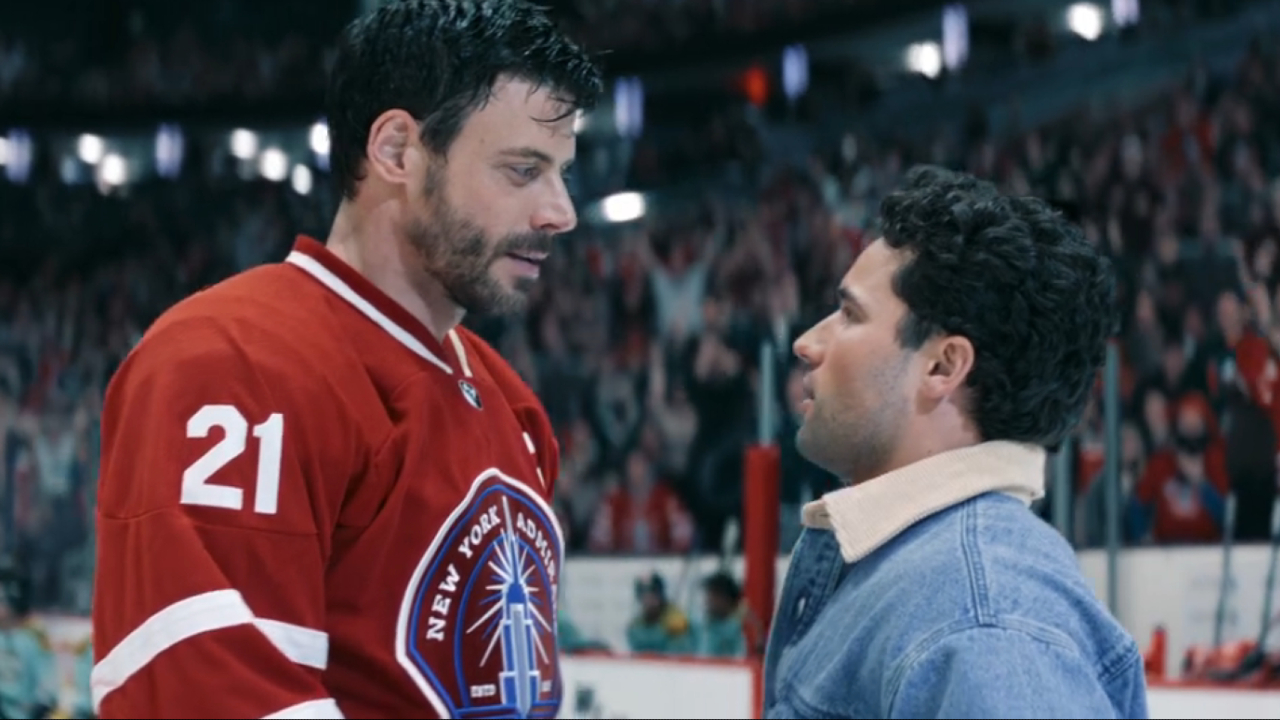8 Biggest Differences Between The Girl With The Dragon Tattoo Book And Movie

A book inspired by a rape witnessed by the author is bound to get a little dark. But it’s that tinge of grimness added to the normal mystery format that made The Girl With The Dragon Tattoo a New York Times bestseller for multiple weeks. And it’s because of that dark atmosphere that The Girl With The Dragon Tattoo is so compelling when it’s recreated onscreen.
David Fincher’s The Girl With The Dragon Tattoo has its own walk and its own talk, even when it sticks remarkably close to Stieg Larsson’s original story. Some of the creative license Fincher takes might throw those of us who’ve enjoyed the novel off a bit, but it’s all in the name of streamlining. Below are the top 8 changes I noticed from the book to the movie in my screening of The Girl With The Dragon Tattoo. Some of these changes are purposeful, others detract a bit, but they all come together to make for one hell of a movie.
Warning: There are many spoilers in this Girl With The Dragon Tattoo book to movie comparison. Best left alone until you’ve actually seen the movie.
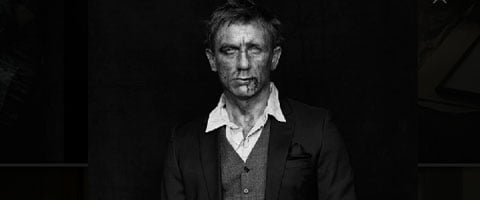
This is Salander’s world, more than Blomkvist’s. We are reminded of this again and again as Blomkvist’s personal world is condensed into a tiny bubble. The Wennerstrom affair, Blomkvist’s relationships, and the problems at Millennium are all put on the backburner. Alternatively, time spent with Salander is expanded and feels more significant. It seems Fincher knew she would be more fun to watch.

Salander’s personal relationships are more limited. For the sake of cutting minority characters, her mother is nonexistent and her non-hacker group of friends are never introduced. Salander is always outside looking in within the books, but in the movie she is defined by this loneliness and alienation. It puts her in a much neater package in some ways, but it also makes more sense.
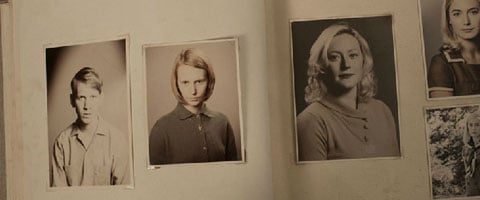
The clues to the mystery are more rapidly discerned and are less in-depth. This is a big one. For example, Blomkvist jumps at identifying Anita in a window just moments after he starts looking at Vanger family photos. Substitutions like these work, but they certainly have less of a punch than the aha! moments in the book.
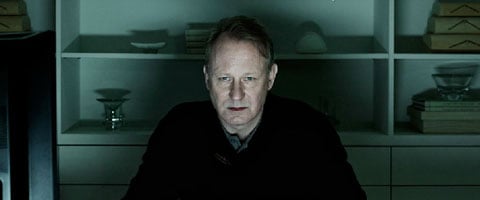
Martin is never mentioned as a withdrawn boy and he never outwardly threatens as an adult. Some old photos show him as seeming slightly off. However, in Fincher’s movie, Martin is forever the congenial adult. He’s a true master manipulator, and he’s a hell of a lot more compelling to watch.
Your Daily Blend of Entertainment News
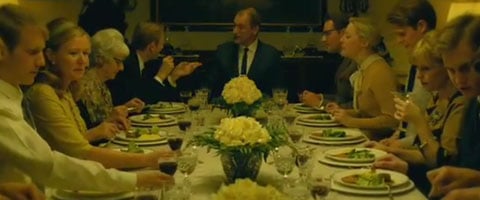
There are fewer key players who could have committed the crime. Instead of multiple family members with multiple possible motives or at least some shady momentum, the only Vangers that matter are Henrik and Martin, and of course, Frode. Other Vangers, including Harold, Cecilia, and Isabella, are barely present beyond mentions. The lack of population doesn’t detract from the viewing, but it does make determining the “whom” of the killer (though not the why) an iota easier.

Lisbeth Salander is even more of a badass. How is this possible? I mean she’s already a pretty huge badass, but in Fincher’s adaptation we get to see her masterfully fight against a would-be computer thief. She also returns to face her rapist, threatening him even after the initial tattoo justice. She manages to mesmerize us even as she repels us.
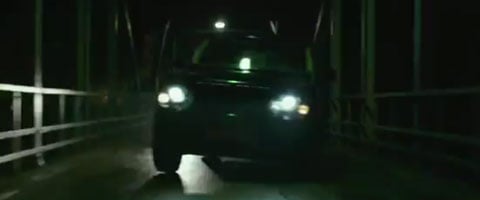
Lisbeth runs Martin Vanger off the road. Though Martin does manage to escape in the same manner, he doesn’t chicken out and run himself purposefully into oncoming traffic. Showing her prowess, Lisbeth gets a little too close and Martin accidentally runs himself off the road. It’s a more satisfying way for the sadist mastermind to lose everything he’s carefully constructed.
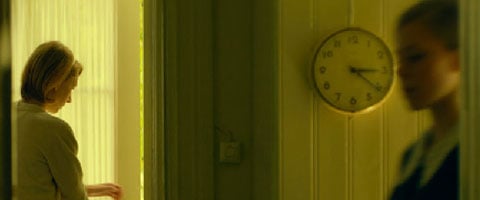
While Harriet Vanger is very much alive, she doesn’t show up where expected. She’s unmarried and living as Anita in London, a role the real Anita takes in the book. When the pieces of Blomkvist’s puzzle finally cement together, it’s a great moment, one that is furthered by Anita/Harriet having been introduced earlier in the film.
Summary Judgment: It shouldn’t be easy to fit a six hundred and something page book into a two and a half hour movie. If you look at the longer Harry Potter books turned into movies, for example, there are so many plots that must be refocused or cobbled together differently the whole thing nearly feels like a new adventure. In The Girl With The Dragon Tattoo, the details of Stieg Larsson’s storyline are so meticulous that most changes are either barely noticeable blemishes or are changes that work for the better.
Overall, I would argue The Girl With The Dragon Tattoo makes for a superior film than a book. However, if you are of a mind that’s into thousands of rigid details, I’d certainly suggest the read over the more glossy film.
If you noticed anything I missed, feel free to join the conversation in the comments section, below.
This poll is no longer available.
